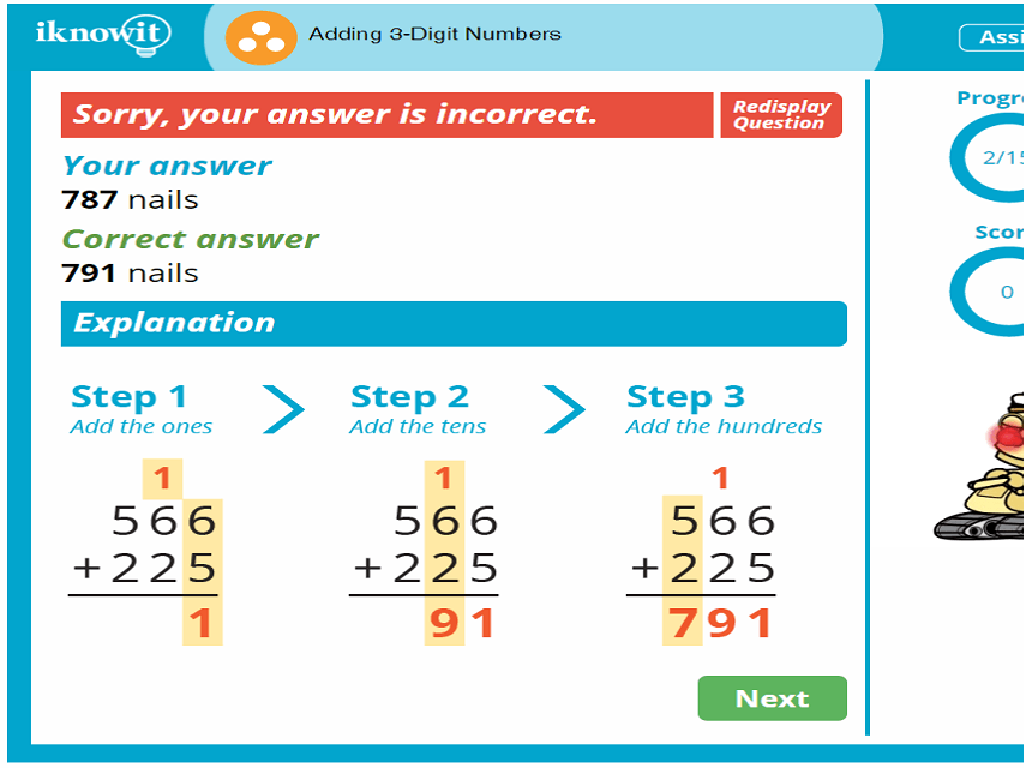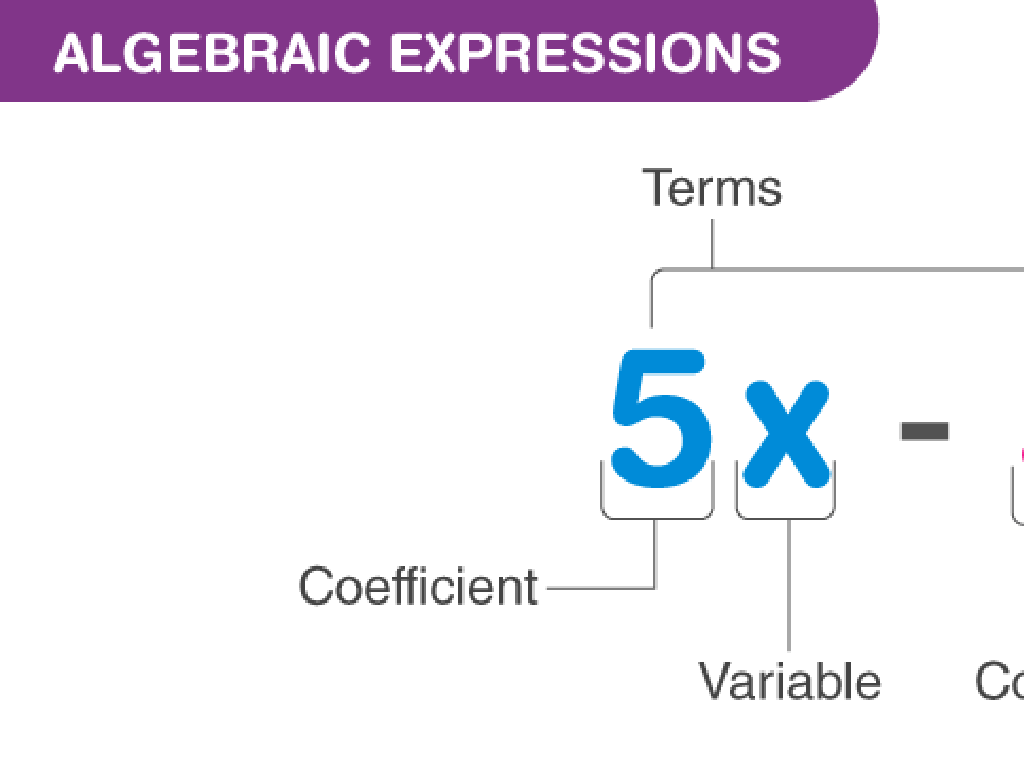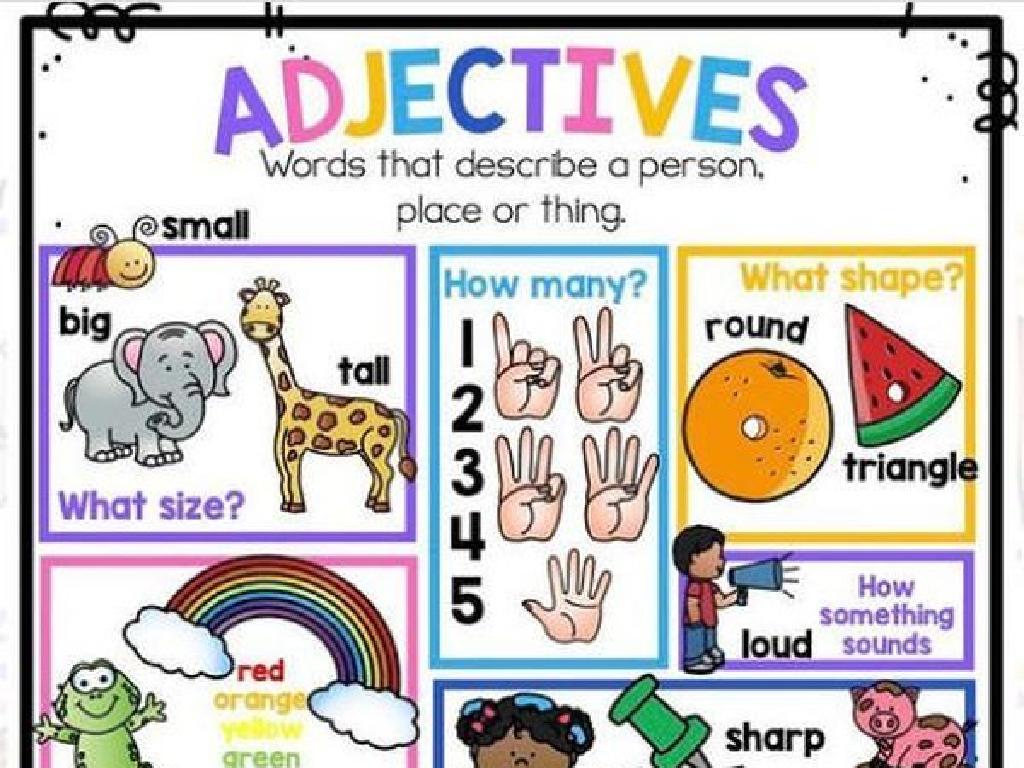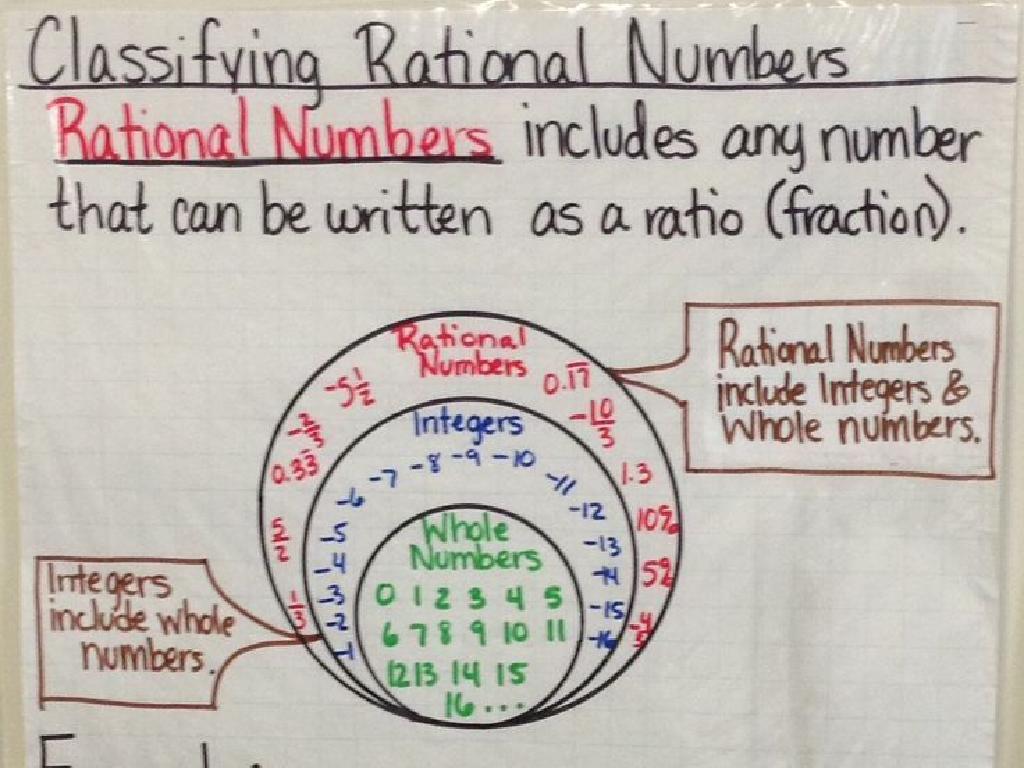Is It A Complete Sentence, A Fragment, Or A Run-On?
Subject: Language arts
Grade: Eighth grade
Topic: Sentences, Fragments, And Run-Ons
Please LOG IN to download the presentation. Access is available to registered users only.
View More Content
Introduction to Sentences
– Building blocks of English
– Characteristics of a complete sentence
– Subject + verb + complete thought = complete sentence
– Sentence structure significance
– Good structure improves readability and communication
– Impact on writing clarity
– Poor structure can lead to confusion and misunderstanding
|
This slide introduces the fundamental elements of English sentences and emphasizes the importance of proper sentence structure. A complete sentence must have a subject, a verb, and express a complete thought. Understanding this helps students write clearly and effectively. Emphasize that good sentence structure is crucial for conveying ideas accurately and that poor structure can lead to misinterpretation. Encourage students to identify these components in sentences and practice writing their own. Discuss how fragments and run-ons can disrupt the flow of writing and how to correct them.
Understanding Complete Sentences
– Define a complete sentence
– A sentence with a subject, verb, and expresses a complete idea
– Must have subject, predicate, complete thought
– Subject: who or what the sentence is about; Predicate: tells something about the subject
– Examples of complete sentences
– ‘The dog barked loudly.’ (Subject: The dog; Predicate: barked loudly)
|
This slide aims to clarify what constitutes a complete sentence. A complete sentence must have a subject, which is the person, place, thing, or idea that is doing or being something. It also needs a predicate, which includes the verb or verb phrase that tells something about the subject. Lastly, it must express a complete thought, providing enough information to stand alone as a statement. Use examples to illustrate complete sentences, and encourage students to create their own examples, ensuring they include all necessary components. This foundational knowledge will help them in identifying sentence fragments and run-on sentences in future lessons.
Understanding Sentence Fragments
– Define sentence fragment
– A fragment is an incomplete sentence that lacks essential components.
– Explore causes of fragments
– Missing subjects, verbs, or complete thoughts lead to fragments.
– Examine fragment examples
– ‘Although she ran fast.’ What’s missing for it to be complete?
– Practice identifying fragments
– We’ll identify fragments in sample texts and explain why they’re incomplete.
|
This slide aims to help students recognize and understand sentence fragments, which are incomplete sentences that fail to express a complete thought. Start by defining a sentence fragment and discussing the importance of having both a subject and a verb to form a complete sentence. Explain common causes of fragments, such as missing subjects or verbs and incomplete ideas. Provide clear examples of fragments and contrast them with complete sentences. Finally, engage students with practice exercises where they identify fragments in writing and explain what’s missing. Encourage students to look for clues in the sentences that indicate incompleteness, such as starting with a conjunction or ending abruptly without providing clear information.
Run-on Sentences: Spotting and Fixing Them
– Define run-on sentences
– A run-on sentence contains two or more independent clauses incorrectly joined.
– Causes of run-on sentences
– Often due to missing punctuation or conjunctions.
– Examples of run-ons
– ‘I love to write I write all day.’ Two independent clauses without proper punctuation.
– Correcting run-on sentences
– Use periods, commas with conjunctions, or semicolons to fix run-ons.
|
This slide aims to help students identify run-on sentences and understand how they occur. A run-on sentence is a common mistake that happens when two or more independent clauses (complete thoughts) are joined without the correct punctuation or conjunctions. It’s crucial for students to recognize that run-on sentences can make their writing confusing and difficult to follow. Provide clear examples of run-on sentences and demonstrate how to correct them by breaking them into separate sentences, using a comma with a conjunction, or employing a semicolon. Encourage students to practice with their own sentences and to proofread their work for these errors.
Correcting Run-ons and Fragments
– Fixing sentence fragments
– Combine with nearby sentences or add missing elements
– Correcting run-on sentences
– Use punctuation or conjunctions to separate ideas
– Class practice activity
– Understanding sentence structure
– Recognize complete thoughts and proper punctuation
|
This slide aims to teach students how to identify and correct sentence fragments and run-on sentences. For fragments, students should look for incomplete thoughts and learn to either add the missing parts, such as subjects or predicates, or integrate the fragment into an adjacent sentence. For run-on sentences, they should practice using punctuation like periods, commas, or semicolons and conjunctions to break down and connect ideas properly. During the class practice activity, provide examples of both errors and work through them as a class, allowing students to suggest corrections and understand the reasoning behind them. Emphasize the importance of recognizing complete sentences for clear communication.
Practice Activity: Sentence Analysis
– Identify sentence types
– Determine if examples are complete sentences, fragments, or run-ons
– Pair up for corrections
– Work with a partner to fix any fragments or run-ons you find
– Share with the class
– Present your corrected sentences to the class for discussion
– Understand sentence structure
– This activity will help reinforce your knowledge of proper sentence structure
|
This slide introduces a collaborative classroom activity focused on identifying and correcting sentence structure issues. Students will work in pairs to analyze given examples and determine whether they are complete sentences, fragments, or run-ons. They will then use their understanding of grammar rules to correct any errors. Afterward, pairs will share their corrections with the class, facilitating a group discussion on sentence structure. This exercise not only reinforces grammatical concepts but also promotes teamwork and public speaking skills. As a teacher, be prepared to provide guidance and clarification as needed, and ensure that each pair has a chance to contribute to the class discussion.
Class Activity: Sentence Surgery
– Cut up strips of paper with mixed texts
– ‘Operate’ on fragments and run-ons
– Identify if the strip is a sentence, fragment, or run-on
– Rearrange into complete sentences
– Use grammar skills to edit and connect
– Aim for correct sentences in 15 min
|
This interactive class activity is designed to help students understand the structure of complete sentences versus fragments and run-ons. Provide students with strips of paper containing a mix of sentences, fragments, and run-ons. Their task is to ‘operate’ on these strips by correctly identifying each type and then rearranging them into complete, grammatically correct sentences. The goal is to create as many correct sentences as possible within a 15-minute time frame. This will encourage quick thinking, collaboration, and practical application of grammar rules. For the teacher: Prepare the strips in advance, ensure students understand the concepts, and facilitate the activity by offering hints and guidance as needed. Possible variations include working in teams, competing for the most correct sentences, or creating a story from the rearranged sentences.
Wrapping Up: Sentences, Fragments, and Run-ons
– Recap of sentence structures
– Clear communication through structure
– Homework: Practice with examples
– Write 10 complete sentences on your own
– Identify fragments and run-ons
– Find and label 5 fragments and 5 run-ons in the given paragraph
|
As we conclude today’s lesson, remind students of the key points we’ve covered about complete sentences, fragments, and run-ons. Emphasize the role of proper sentence structure in making our writing clear and understandable. For homework, students will reinforce their learning by writing their own complete sentences and identifying fragments and run-ons in a provided paragraph. This will help them to better recognize and correct these issues in their own writing. Encourage them to think about the context and structure of each sentence they create and analyze. Provide a paragraph that includes a mix of complete sentences, fragments, and run-ons for them to work on, and remind them to be prepared to discuss their findings in the next class.





